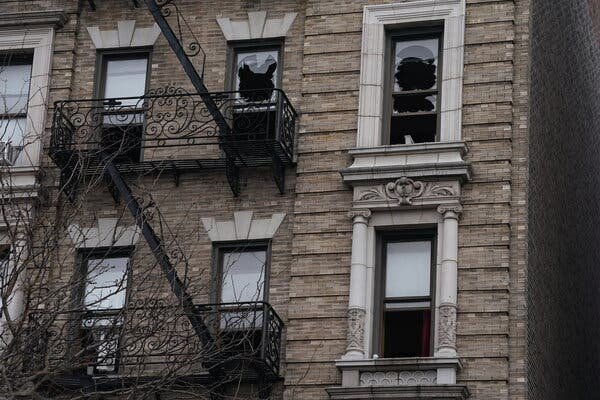New York City’s ambulance response times are being affected by a surge in 911 calls and heavy traffic, leading to delays in emergency care.
Improving Emergency Response Times in New York City
In recent news, Dr. Ashwin Vasan, the health commissioner of New York City, announced his resignation, adding to the challenges faced by the Adams administration. Dr. Vasan’s departure highlights the need for functional governance in the city. Despite his efforts, such as the HealthyNYC initiative aimed at increasing life expectancy and reducing deaths from heart disease and diabetes, the city continues to struggle with emergency response times and healthcare accessibility.
The annual Mayor’s Management Report revealed concerning trends in emergency response services. There was a 5 percent increase in life-threatening emergency calls between fiscal years 2023 and 2024, with slower response times for ambulances and Fire Department vehicles. The average response time for dire medical emergencies increased to 7 minutes 23 seconds, impacting the chances of survival, especially for individuals experiencing cardiac events.
The relationship between traffic congestion and emergency response times is evident in New York City. A report titled “Speed Kills” highlighted the city’s congestion issues, leading to delays in emergency medical services. Over the past decade, EMS response times to life-threatening situations increased by 29 percent, while Fire Department vehicle response times for medical emergencies rose by 72 percent. This delay in reaching patients in critical condition poses a significant risk to their survival.
The impact of these delays is starkly illustrated by the low survival rates of cardiac arrest patients in New York City. With only 20 percent of cardiac patients being revived by the Fire Department in the past year, the need for improved emergency response services is clear. The challenges faced by individuals in high-rise buildings in busy areas further exacerbate the urgency of addressing the city’s emergency response system.
To address these issues and improve emergency response times in New York City, a comprehensive approach is needed. This includes investing in infrastructure and technology to streamline dispatch processes, enhancing training for emergency responders, and addressing traffic congestion to ensure timely access to medical assistance. Collaborative efforts between city agencies, healthcare providers, and community organizations are essential to create a more efficient and effective emergency response system.
By prioritizing the optimization of emergency services, New York City can enhance public safety, save lives, and improve the overall well-being of its residents. It is imperative for city leaders to address the challenges faced by the current emergency response system and work towards implementing sustainable solutions that prioritize the health and safety of all New Yorkers.
Source: The NY Times









